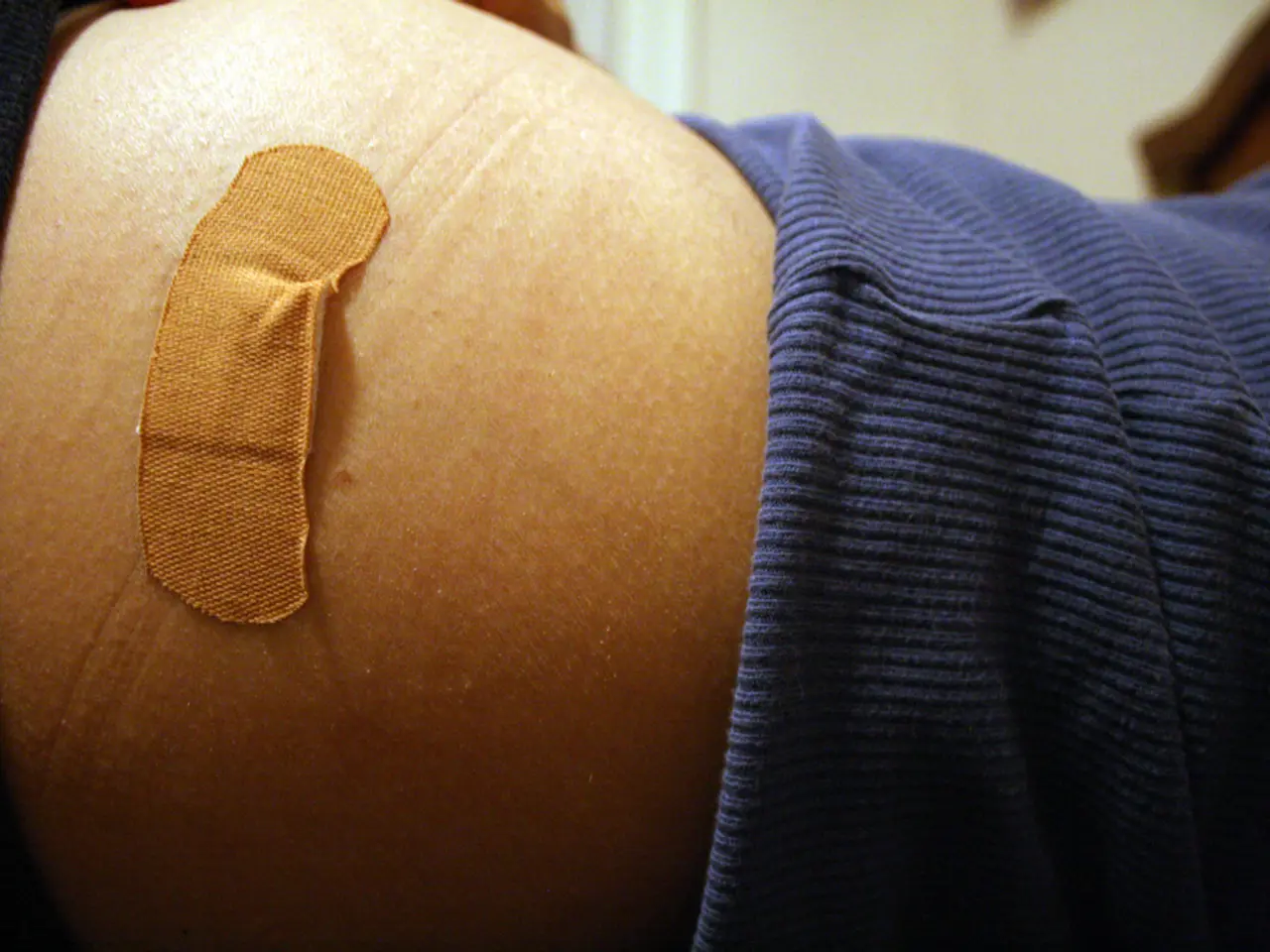Implant-Related Health Issues: Authentic or Misconception?
In the realm of cosmetic surgery, a growing body of research has shed light on potential concerns regarding breast implants, particularly silicone implants. This article aims to provide an overview of the potential causes, symptoms, and safety risks associated with breast implants, a condition often referred to as Breast Implant Illness (BII).
### Potential Causes and Associated Conditions
Breast implants, over time, may degrade, releasing silicone particles that can migrate to organs such as the brain, potentially causing systemic immune reactions and toxicity. Another serious condition linked to breast implants is Breast Implant-Associated Anaplastic Large Cell Lymphoma (BIA-ALCL), a rare but serious lymphoma primarily associated with textured implants.
Other implant-related cancers, such as fast-spreading squamous cell carcinoma associated with the implant capsule, have also been discovered. Implant rupture, which increases with time, is a known risk, with studies indicating up to 20% of implants may rupture within 10-15 years.
### Symptoms of Breast Implant Illness
Women suffering from BII report a wide range of symptoms, many related to systemic immune dysfunction, such as chronic fatigue, pain, neurological symptoms, and autoimmune-like conditions. Some patients have been severely affected, with reports of mental health impacts so serious that they considered suicide.
### Safety and Management
The FDA recommends regular monitoring of breast implants, including annual MRI screening for silicone implant rupture starting 5-6 years after implantation, with implant exchanges advised every 7-10 years due to shell degradation and toxicity risks. However, many doctors are not fully familiar with BII or implant-related diseases, which complicates diagnosis and treatment.
Treatment of BIA-ALCL varies by stage but generally involves surgical removal with chemotherapy for advanced cases; long-term survival rates appear good with appropriate treatment.
### Summary
The research landscape shows growing recognition of BII as a complex systemic condition potentially triggered by silicone leakage, implant rupture, and chronic inflammation. BIA-ALCL remains the most well-defined implant-associated cancer with effective treatment protocols. Regular monitoring and careful patient education are crucial for safety.
However, there remain gaps in medical awareness and consensus about BII’s full spectrum, necessitating further research and patient advocacy. If considering breast implants, individuals should weigh these evolving risks against benefits and consult experienced specialists familiar with the latest implant safety research.
It is essential to note that no diagnostic criteria exist for BII due to its lack of official recognition. BIA-ALCL is a rare but treatable form of lymphoma that usually stays within the scar tissue around the implant. It tends to develop after the implants have been in place for a few years, and people with textured breast implants are more likely to develop this type of cancer.
Around 20% of people with breast implants choose to have them removed within 8-10 years of their surgery. If you have concerns about your breast implants, including concerns regarding their appearance, pain level, or any other symptoms, it is recommended that you see a doctor.
The longer the implants remain in the body, the higher the risk of complications. Symptoms reported by those with BII include chest pain, chills, chronic pain, depression, hair loss, headaches, rash, hormonal concerns, neurological disturbances, problems sleeping, sensitivity to light and sun, unexplained fatigue, and more.
- Breast Implant Illness (BII) might be triggered by silicone leakage, implant rupture, and chronic inflammation over time.
- Studies have shown that up to 20% of implants may rupture within 10-15 years, posing a known risk.
- Women experiencing BII often report various symptoms related to systemic immune dysfunction, mental health impacts, and skin conditions.
- In the realm of medical-conditions, Breast Implants-Associated Anaplastic Large Cell Lymphoma (BIA-ALCL) is a rare cancer primarily linked to textured implants.
- Treatment for BIA-ALCL typically involves surgical removal and chemotherapy, with good long-term survival rates through appropriate treatment.
- Individuals considering breast implants should discuss the evolving risks with experienced specialists familiar with the latest implant safety research.




